The force reawakens: Milan Vader's incredible comeback from near-fatal crash that broke his back in 11 places
After a horrific crash over a guard rail at Itzulia Basque Country in April, the Jumbo-Visma rider was left fighting for his life. Here, he tells CW about his incredible comeback
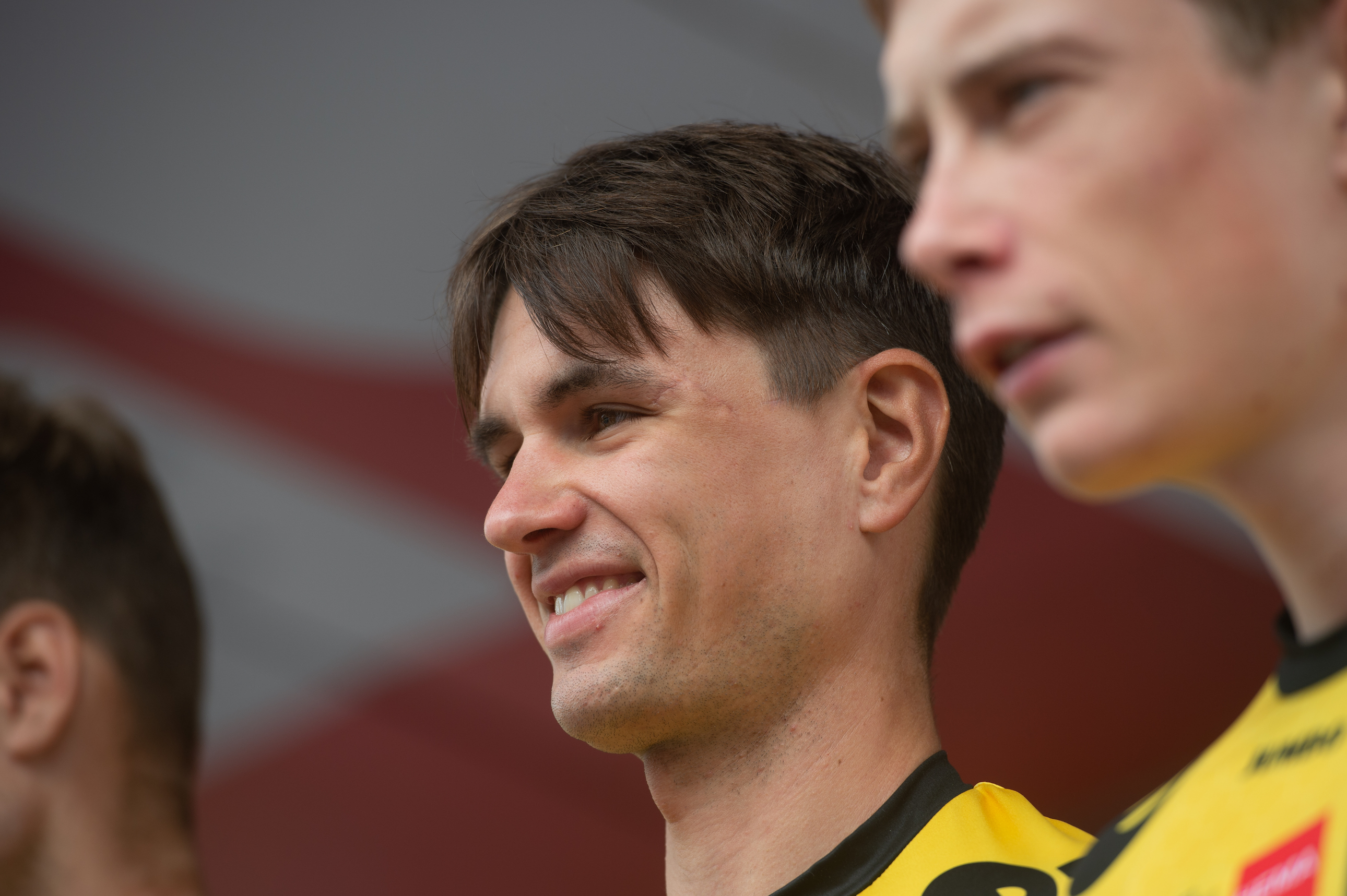
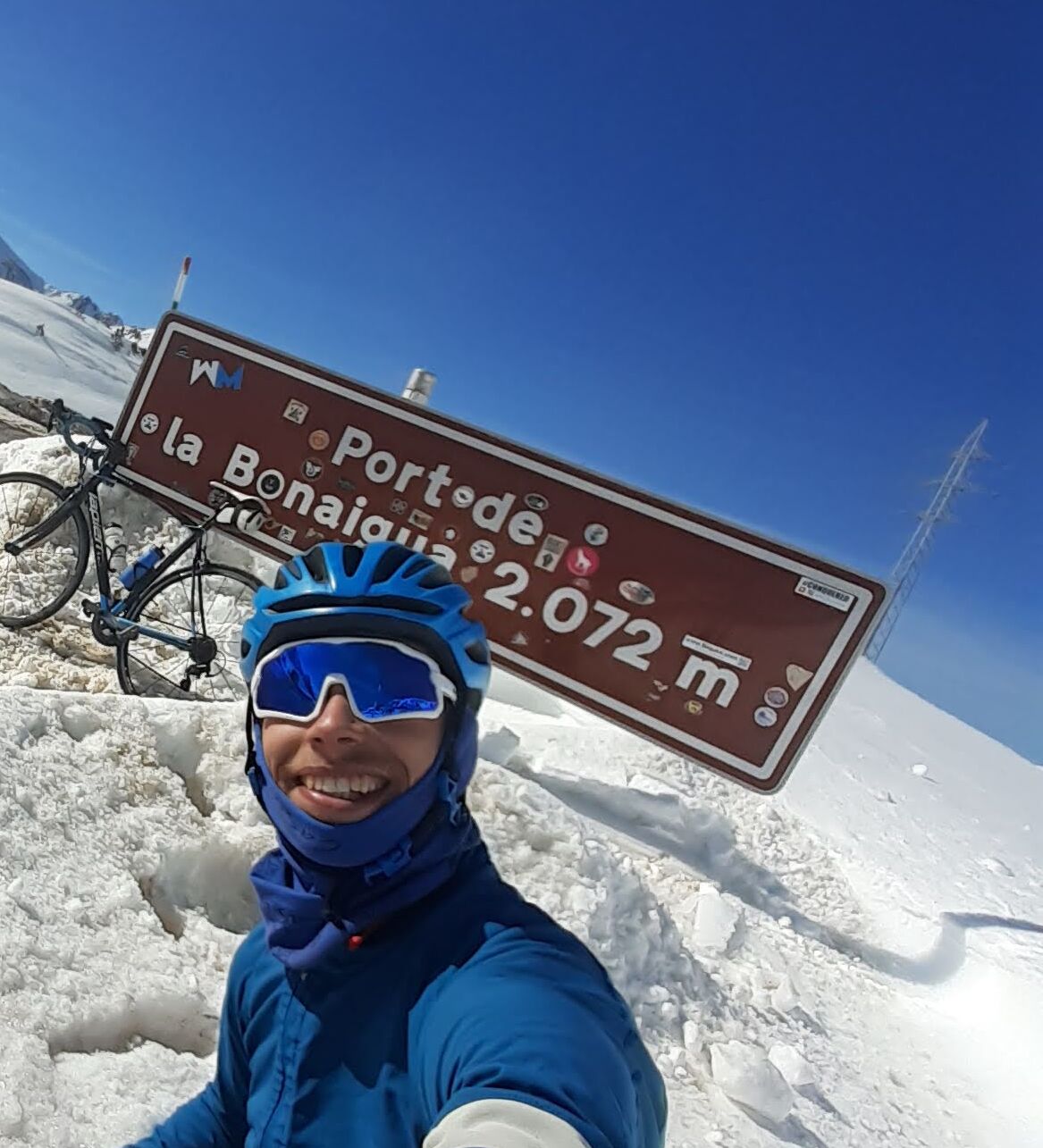
This article was originally published in Cycling Weekly's print edition as part of the long-running MY FITNESS CHALLENGE series.
As Milan Vader lay in a hospital bed in Bilbao, hours after crashing over a guard rail at April’s Itzulia Basque Country, little did he know he was fighting for his life. The Jumbo-Visma rider had been placed in an induced coma after a trapped air bubble in his brain had paralysed his entire right side. Surgeons were working flat-out to keep him alive.
The massive impact had left Vader with a perforated lung and stents were required to plug his ruptured carotid artery; his spine was broken in 11 places, eight of his ribs had cracked, and a shoulder, a collarbone, an eye socket and a cheekbone were also all broken; his weight was plummeting from 62kg to 53kg.
Twelve days after his horror crash, however, doctors woke the Dutchman from his artificial coma, having brought him back from death and paralysis. The prognosis remained bleak. Unable to stand up for more than 30 seconds, the 26-year-old would have to relearn to walk, feed himself and even how to swipe on his phone. Astoundingly, though, over the following six months, Vader embarked on one of the sport’s unlikeliest comebacks. “When I woke up in the hospital,” he tells CW by phone, “I was super-focused to come back as soon as possible. I’m so happy I have.”
Vader joined Jumbo-Visma last winter on a three-year deal, with the dual aim of helping the former mountain biker win XC MTB gold at the Paris 2024 Olympics and developing him into a GC star on the road. The crash appeared to scupper both of those ambitions, but Vader was determined to overcome the many complications and difficulties. The road back would be as tough mentally as it was physically.
After being transferred to a hospital in Eindhoven, to be closer to home, Vader’s first rides on a stationary bike consisted of 15 minutes pedalling at 30 watts. It’s all he could manage. There were even days when eating breakfast tired him out so much that he’d have to go straight back to bed. The early days of his recovery primarily focused on strength training, only very slowly increasing the distance and time on the bike. Within two months of the crash he had completed a 100km ride with his father, prompting his coach Tim Heemskerk to suggest that Vader could be back to his previous condition before the summer’s end.
An accelerated training programme ensued with a clear objective: if Vader could ride 20 hours a week consistently from July, and then follow that up with a return to structured training, he would make his return to the peloton at the Cro Race in Croatia in late September. “I really started from zero, absolute zero,” he says, “but I was so motivated. In the beginning it was nearly impossible to plan anything, as I was still getting too tired, but as soon as I went back to putting quality structure into my training, everything went almost perfectly.”
Get The Leadout Newsletter
The latest race content, interviews, features, reviews and expert buying guides, direct to your inbox!
In August Vader decamped with his girlfriend to his favourite spot of Alicante, Spain, and did some threshold testing with the team. The results, four months after his near-fatal crash, were miraculous. “For the shorter thresholds of around five minutes, my watts per kilo numbers were the same as at last December’s training camp,” he says. “My coach said I was ready for Croatia.”
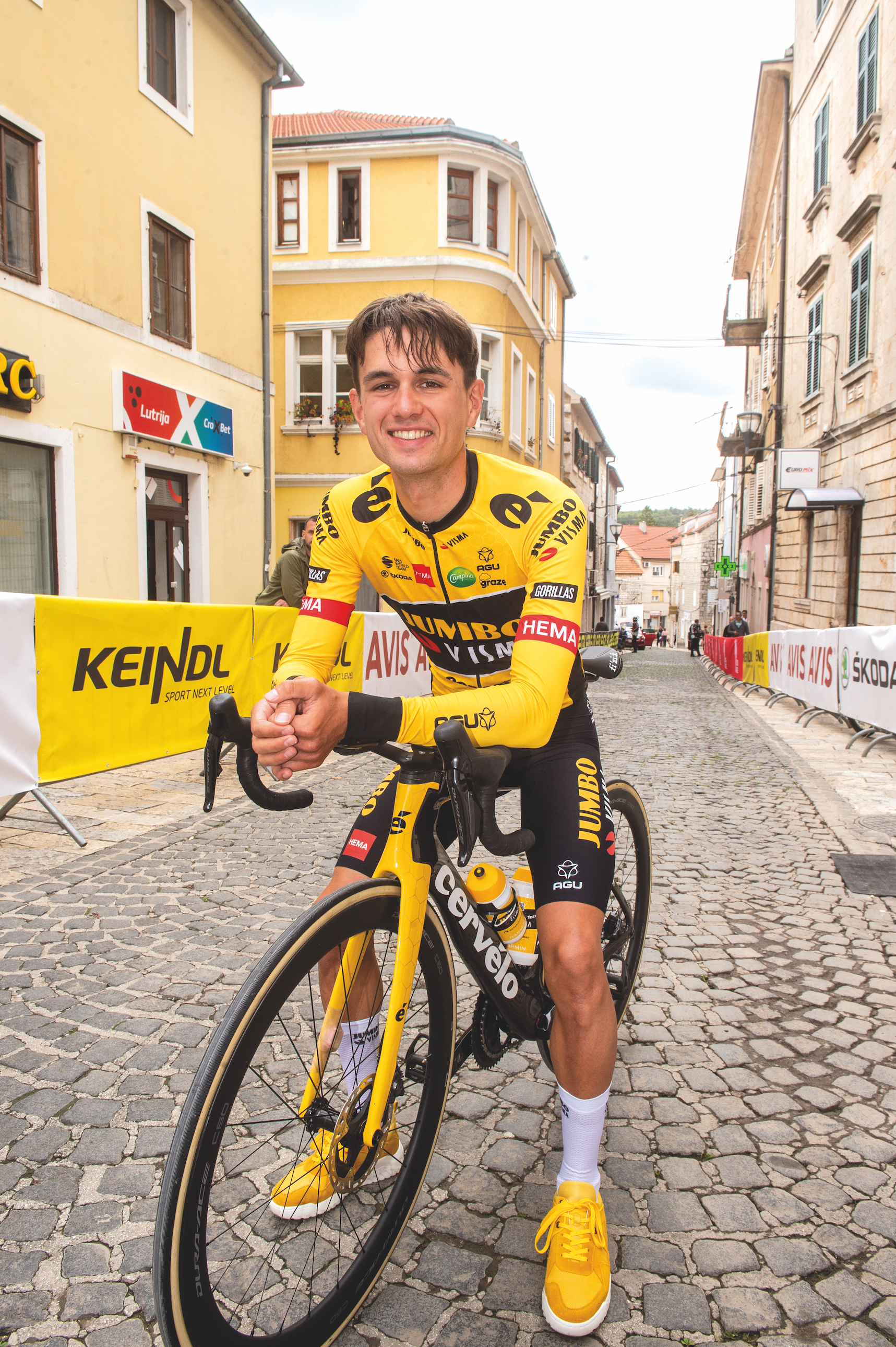
As ecstatic as he was about his recuperation, Vader realised his perspective had changed. “When I came back from Spain, I was super-tired. Before my crash, I wouldn’t have stopped training, but this time I said to my coach that I needed some complete rest. Before, I’d have been super-stressed about taking a day off, but I’ve learned that taking time off doesn’t matter.”
Vader is thankful that he has no recollection of the crash, since it means he has no residual fears. He does admit, though, that as he sat in his hotel room the night before the Cro Race, he was overcome with a mixture of emotions. “On one hand, it was scary how normal it all felt,” he explains. “I was cleaning my shoes and my glasses and I was excited to race. I had no expectations and the team said I should only do some work if I can, but I was thinking that I was going to be scared to race for position in the bunch. I’d also kept on hearing how crazy and dangerous this race was.”
As soon as racing got under way, those nerves dissipated and Vader’s remarkable recovery continued apace. “I actually quite liked being at the front and fighting for positions,” he says. “I was just so super happy to be racing.” There was plenty more to celebrate come the final stage: team-mate Jonas Vingegaard won the race overall, owing much to Vader’s support – the Dutchman finished in the front group on two of the five stages, an indication of a seamless reintegration back into racing. Making it extra special, his family were there alongside him: “Before the crash I didn’t understand why they wanted to be at the races, as we can only see each other for a few minutes,” he says, “but now I realise it’s special for them. You only live once and it was nice to share my return with them.”
Vader’s career goals remain unchanged, but he has been emboldened. “I look at Fabio Jakobsen and other riders as examples for those that have had a big crash and have come back stronger,” he reflects. “As long as you are motivated, the body is capable of doing lots of crazy things. Everything’s possible.”
Coach's view: 'He worked his ass off!'
Having coached Vader since he was 15, Tim Heemskerk felt compelled to fly to Bilbao to be by his rider’s bedside in the immediate aftermath of the crash.
“He was so bad,” says Heemskerk. “All I wanted was for him to be a normal person again, never mind being an athlete, and to be able to go for a walk, for a coffee.”
As soon as Vader was awakened from his coma, he called Heemskerk. “He sounded fatigued, but I got the sense he was OK. When he flew to Rotterdam, progression happened really fast. My plan for him was to take small steps and reintegrate him into group riding in the winter – I assumed he would have fear in a group.”
Even the coach was surprised at the rate of progress. “When he decided to go to Alicante for two months, his improvement in fitness was enormous. We monitored everything including his fatigue, but everything went well. The fact he’s now racing is just incredible and hopefully next year he will be even better than he was.”
What is the secret behind Vader’s rapid recovery? “He’s so committed – he worked his ass off in physiotherapy, and having a dot on the horizon to work towards has helped him too.”
The full version of this article was published in the 3 November 2022 print edition of Cycling Weekly magazine. Subscribe online and get the magazine delivered to your door every week.

Thank you for reading 20 articles this month* Join now for unlimited access
Enjoy your first month for just £1 / $1 / €1
*Read 5 free articles per month without a subscription

Join now for unlimited access
Try first month for just £1 / $1 / €1
A freelance sports journalist and podcaster, you'll mostly find Chris's byline attached to news scoops, profile interviews and long reads across a variety of different publications. He has been writing regularly for Cycling Weekly since 2013. In 2024 he released a seven-part podcast documentary, Ghost in the Machine, about motor doping in cycling.
Previously a ski, hiking and cycling guide in the Canadian Rockies and Spanish Pyrenees, he almost certainly holds the record for the most number of interviews conducted from snowy mountains. He lives in Valencia, Spain.
-
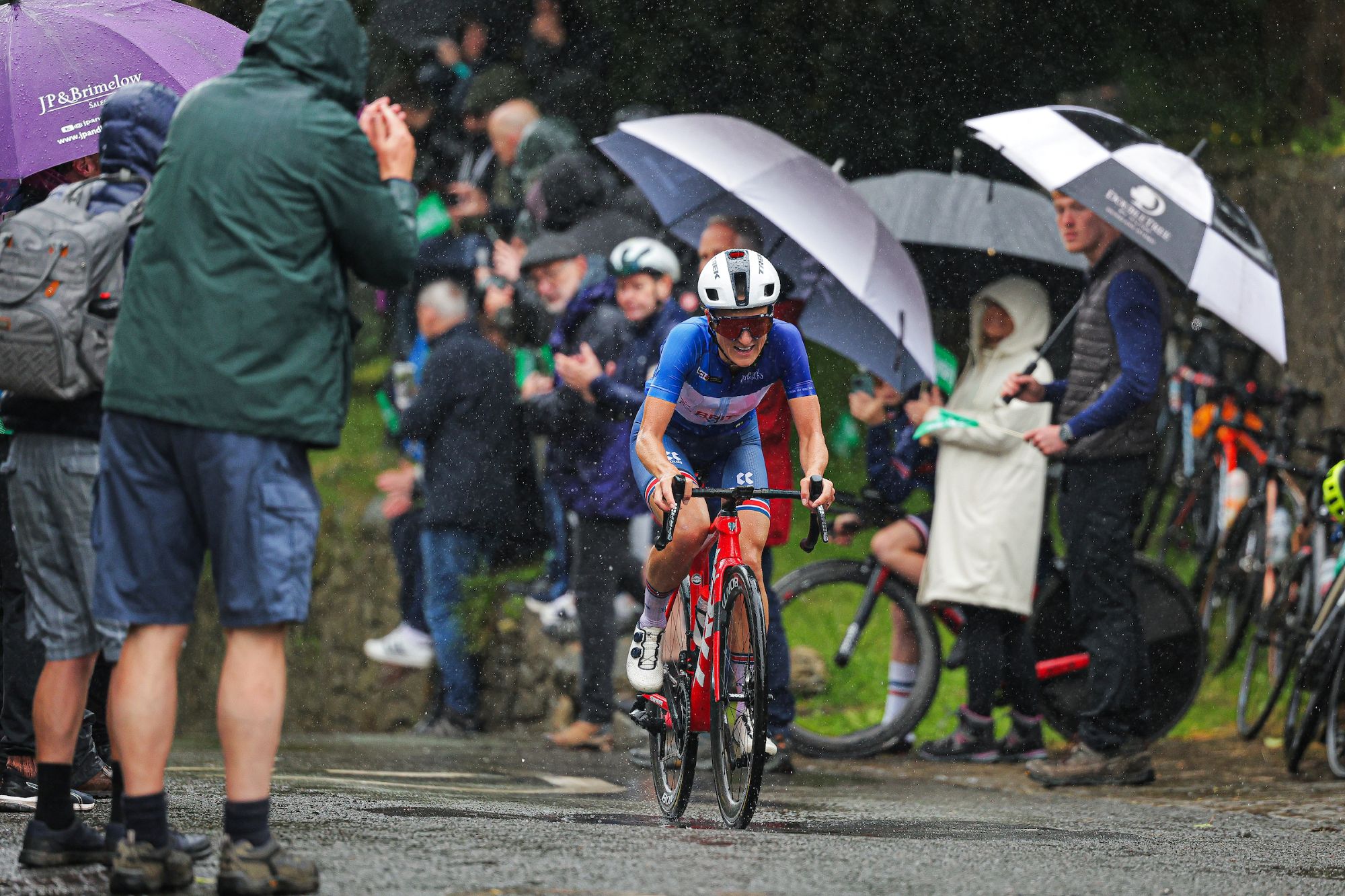 FDJ-Suez, SD Worx-Protime, Lidl-Trek confirmed for Tour of Britain Women as strong list of teams announced
FDJ-Suez, SD Worx-Protime, Lidl-Trek confirmed for Tour of Britain Women as strong list of teams announced18 teams set to take part in four-day WorldTour stage race
By Tom Thewlis
-
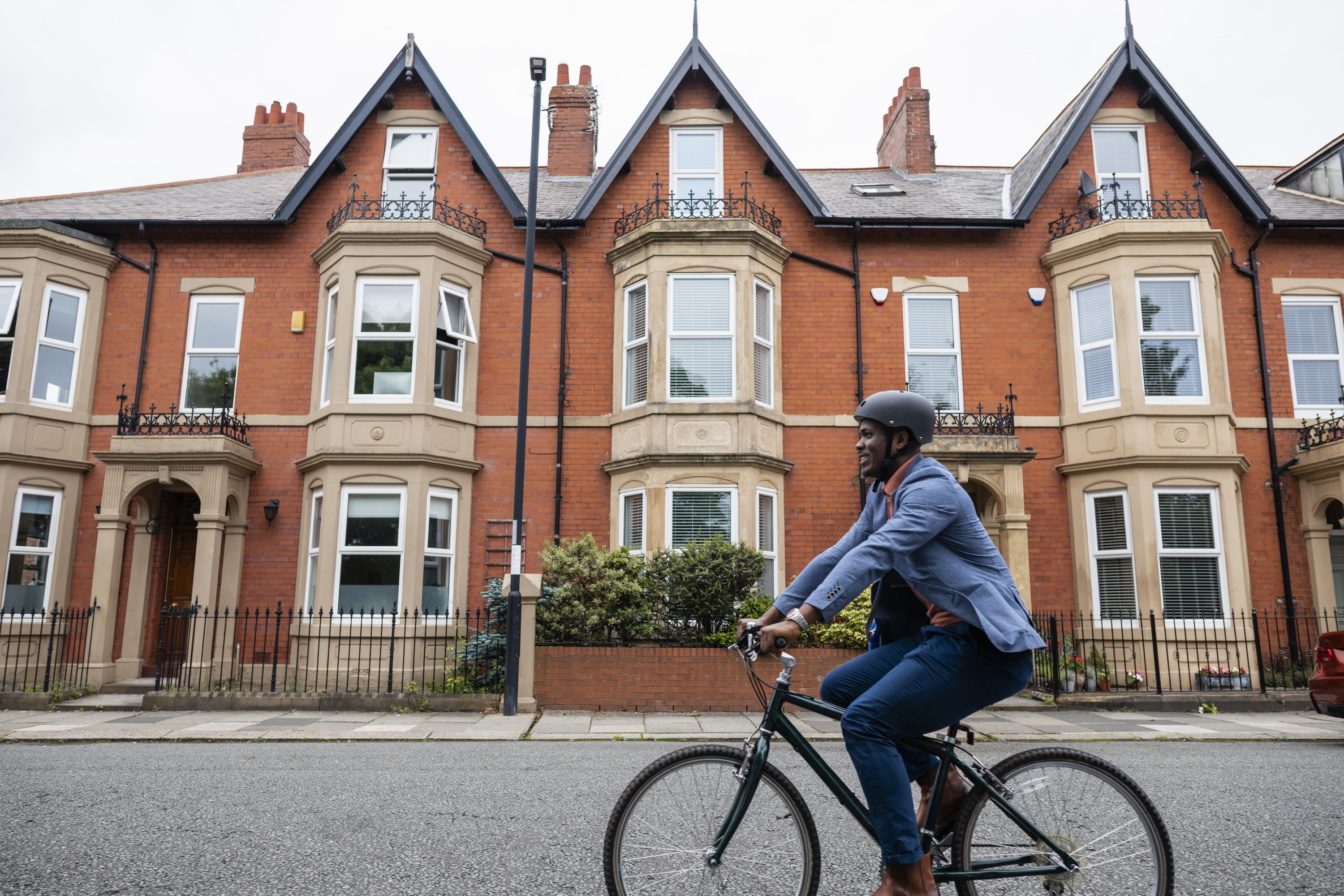 Cyclists could face life sentences for killing pedestrians if new law passed in England and Wales
Cyclists could face life sentences for killing pedestrians if new law passed in England and WalesReckless cycling currently carries a maximum two-year jail term
By Tom Thewlis
-
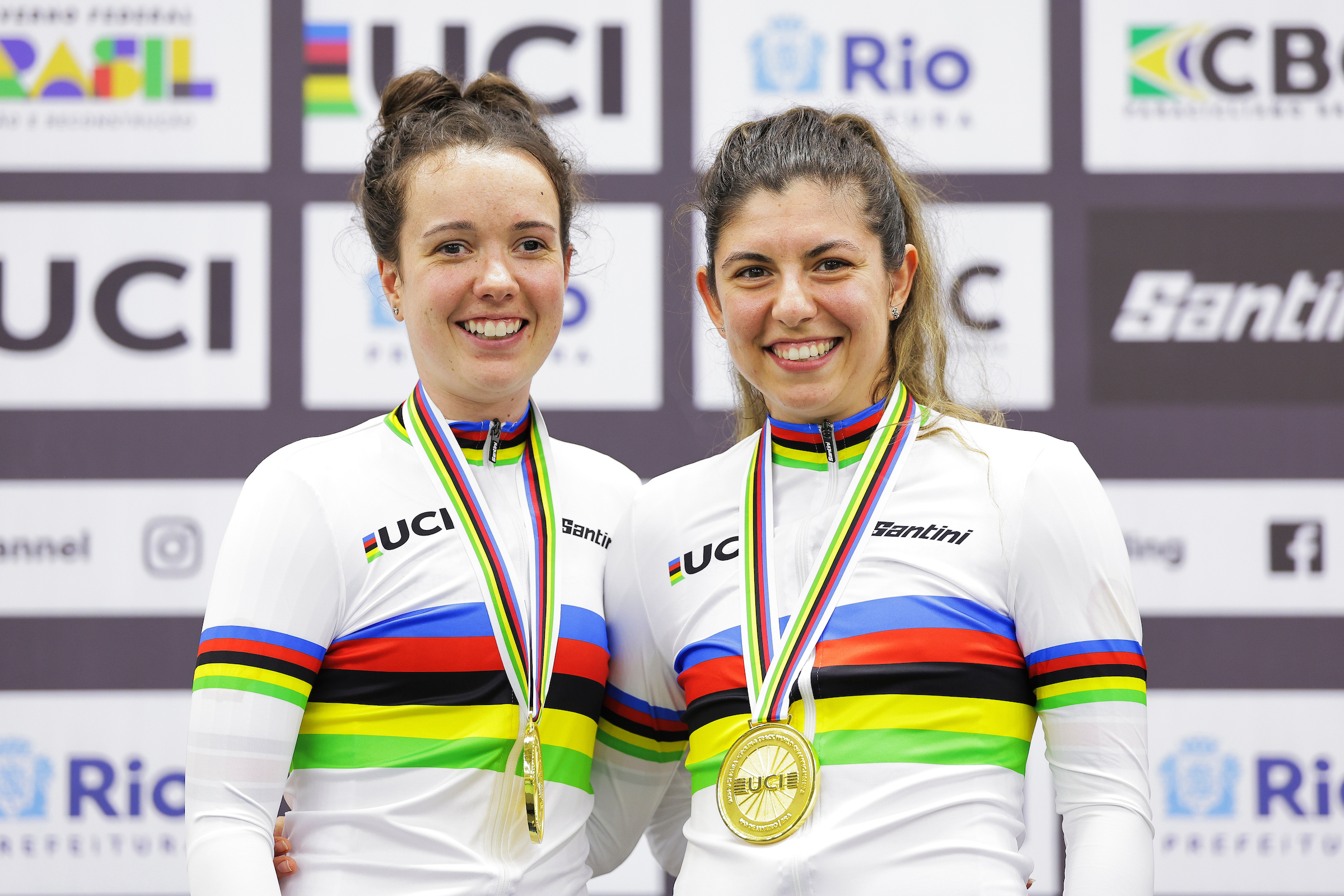 'Back then I was on the edge of life – but now I'm a multi world champion': Para-cyclist Lizzi Jordan's golden comeback from near-fatal food poisoning
'Back then I was on the edge of life – but now I'm a multi world champion': Para-cyclist Lizzi Jordan's golden comeback from near-fatal food poisoningKeen equestrian Lizzi Jordan was riding high until a freak illness changed her life forever. Now, having swapped reins for handlebars, she is not only back in the saddle but winning on the world stage
By David Bradford
-
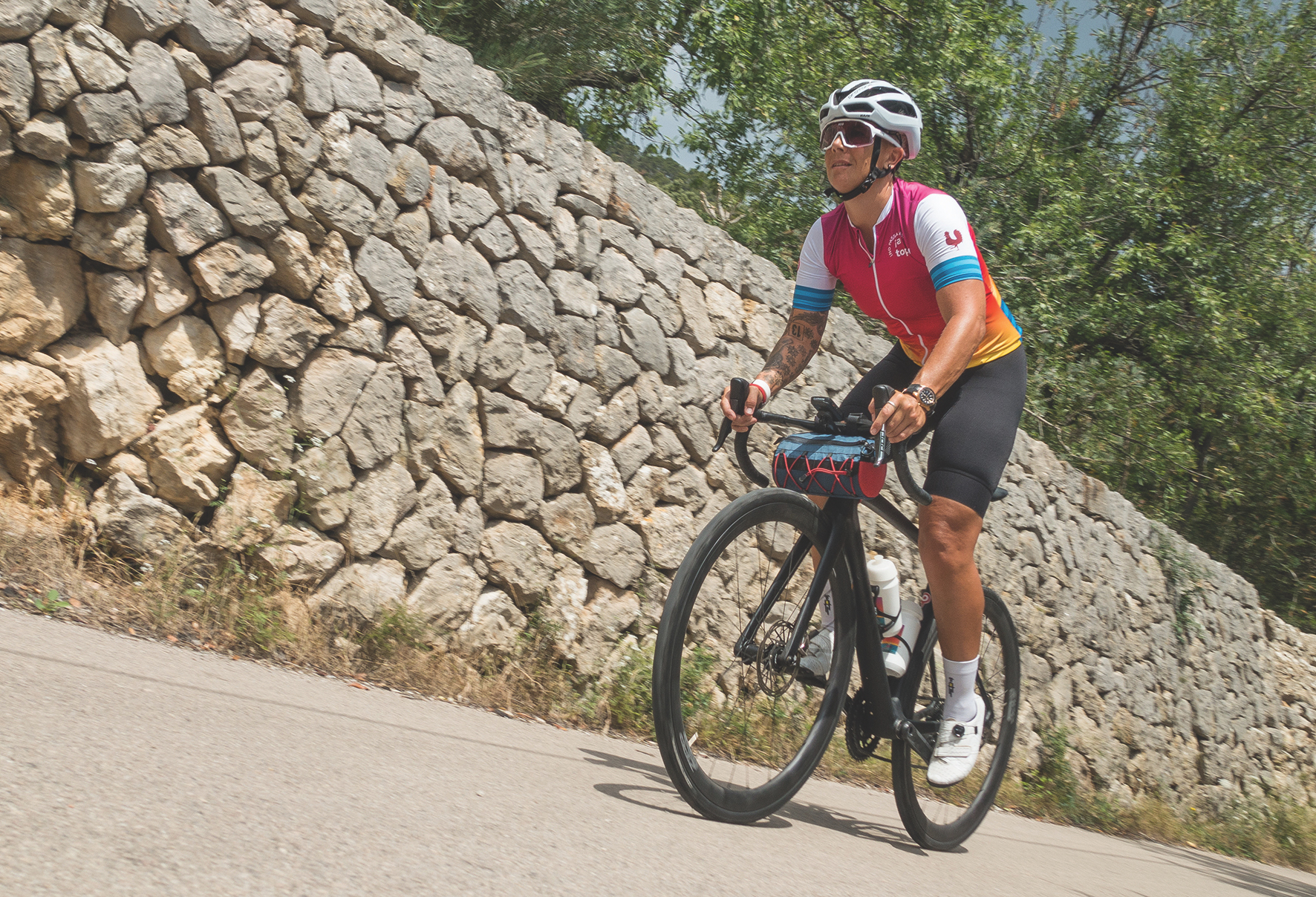 'One transplant, two cancer surgeries – I get knocked down but I get up again': The champion rider with next-level resilience
'One transplant, two cancer surgeries – I get knocked down but I get up again': The champion rider with next-level resilienceFacing repeated risks to her life from kidney failure, Ottilie Quince is determined to keep bouncing back – on and off her bike
By Chris Marshall-Bell
-
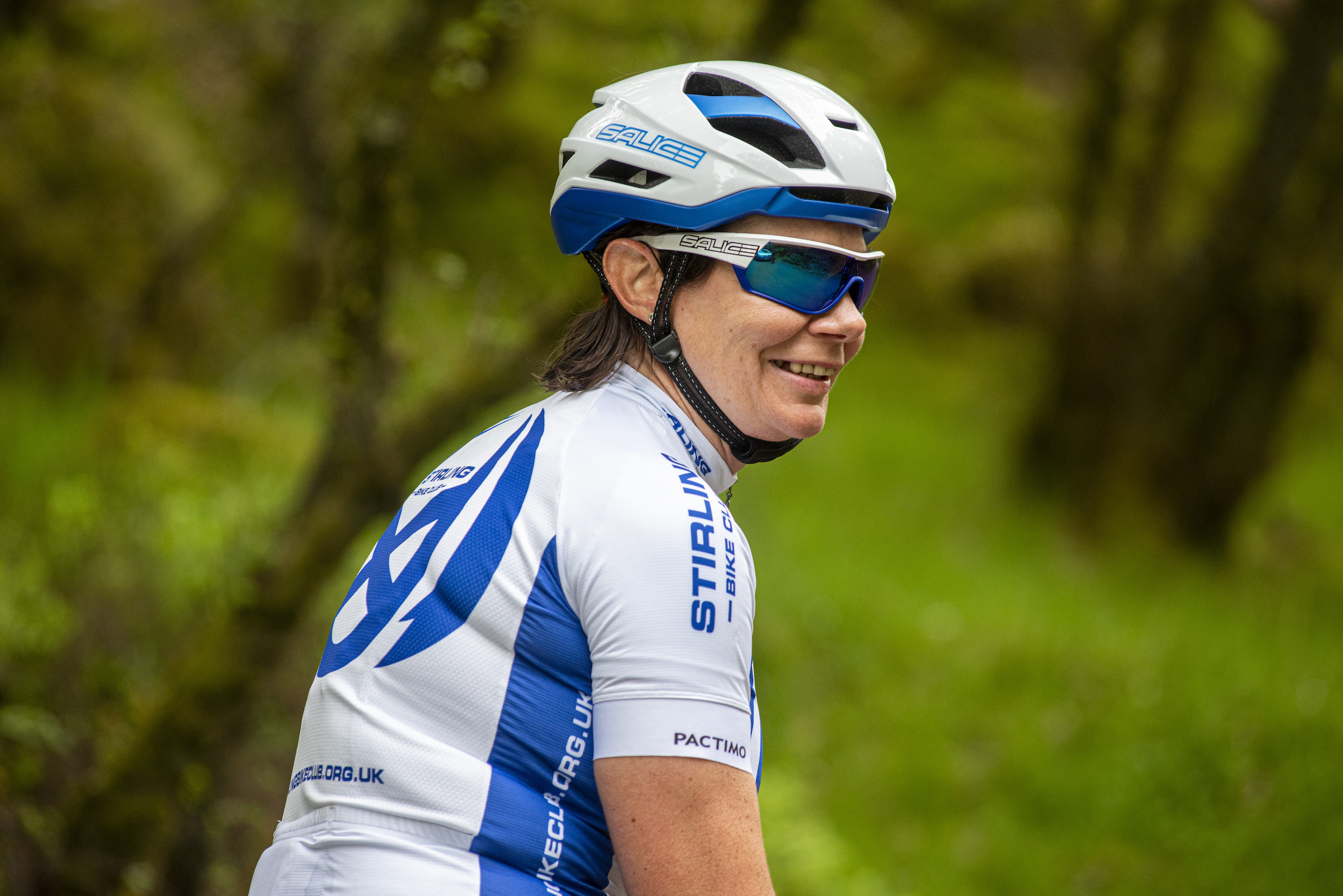 'I thought I'd never be pain-free again – but now I'm cherishing every ride': The comeback from a devastating hit-and-run crash
'I thought I'd never be pain-free again – but now I'm cherishing every ride': The comeback from a devastating hit-and-run crashLong-distance record-setter Christina Mackenzie tells us about her biggest challenge yet – returning to racing after a collision in which she was left for dead
By Trevor Ward
-
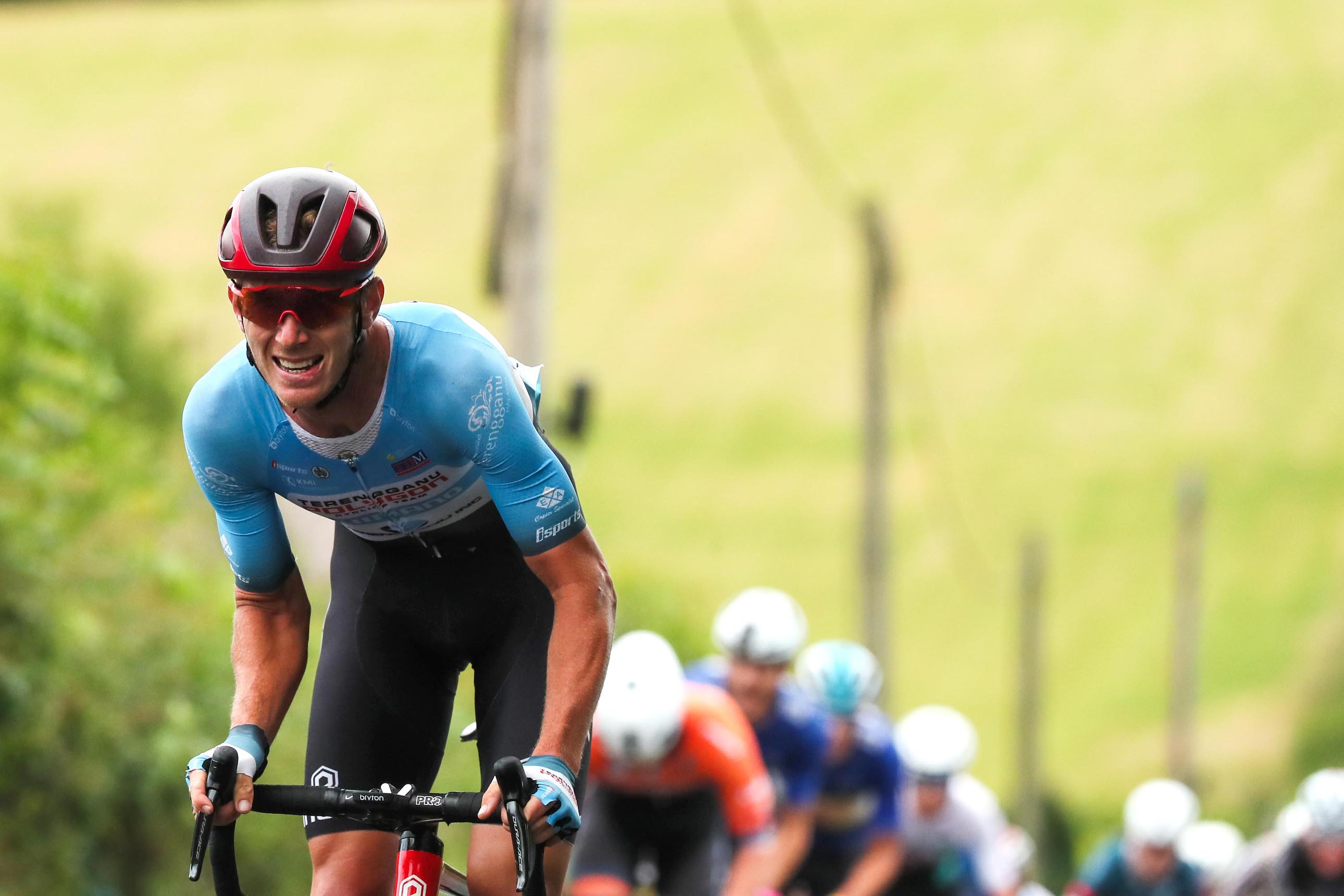 'My skull was cracked from ear to ear, a shard of glass just missed my artery': The journey back to the podium after head-on smash
'My skull was cracked from ear to ear, a shard of glass just missed my artery': The journey back to the podium after head-on smashBouncing back to the pointy end of racing just three months on from a crash almost too horrific to fully describe, Jesse Ewart’s may be the greatest comeback story you have never heard
By Chris Marshall-Bell
-
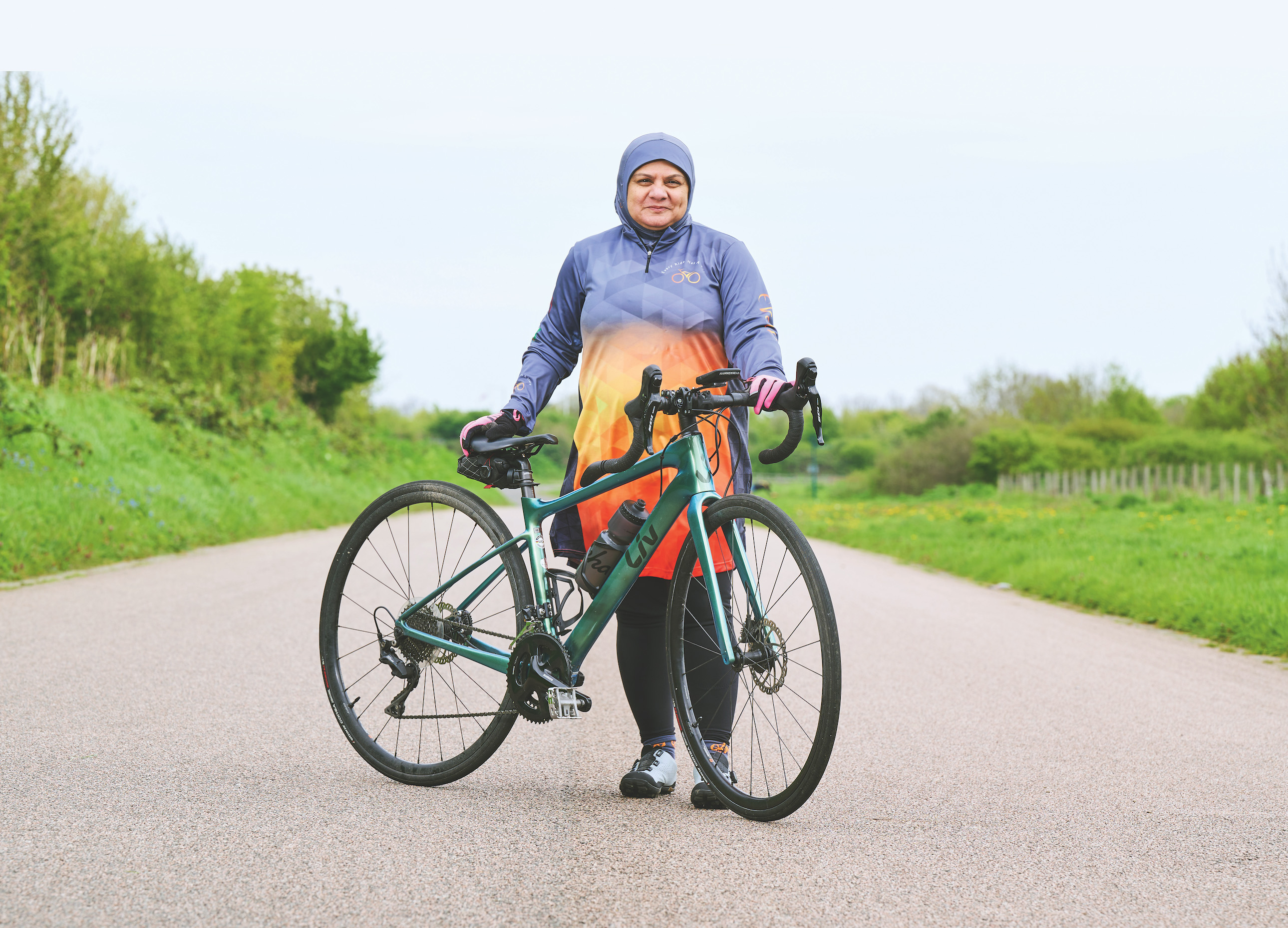 'Whatever happens, I'm starting the club': Iffat Tejani on realising her bucket list dream of opening up cycling to Muslim women
'Whatever happens, I'm starting the club': Iffat Tejani on realising her bucket list dream of opening up cycling to Muslim womenHow a life-and-death diagnosis set free a life-long ambition to break down barriers and rally a community onto bikes
By David Bradford
-
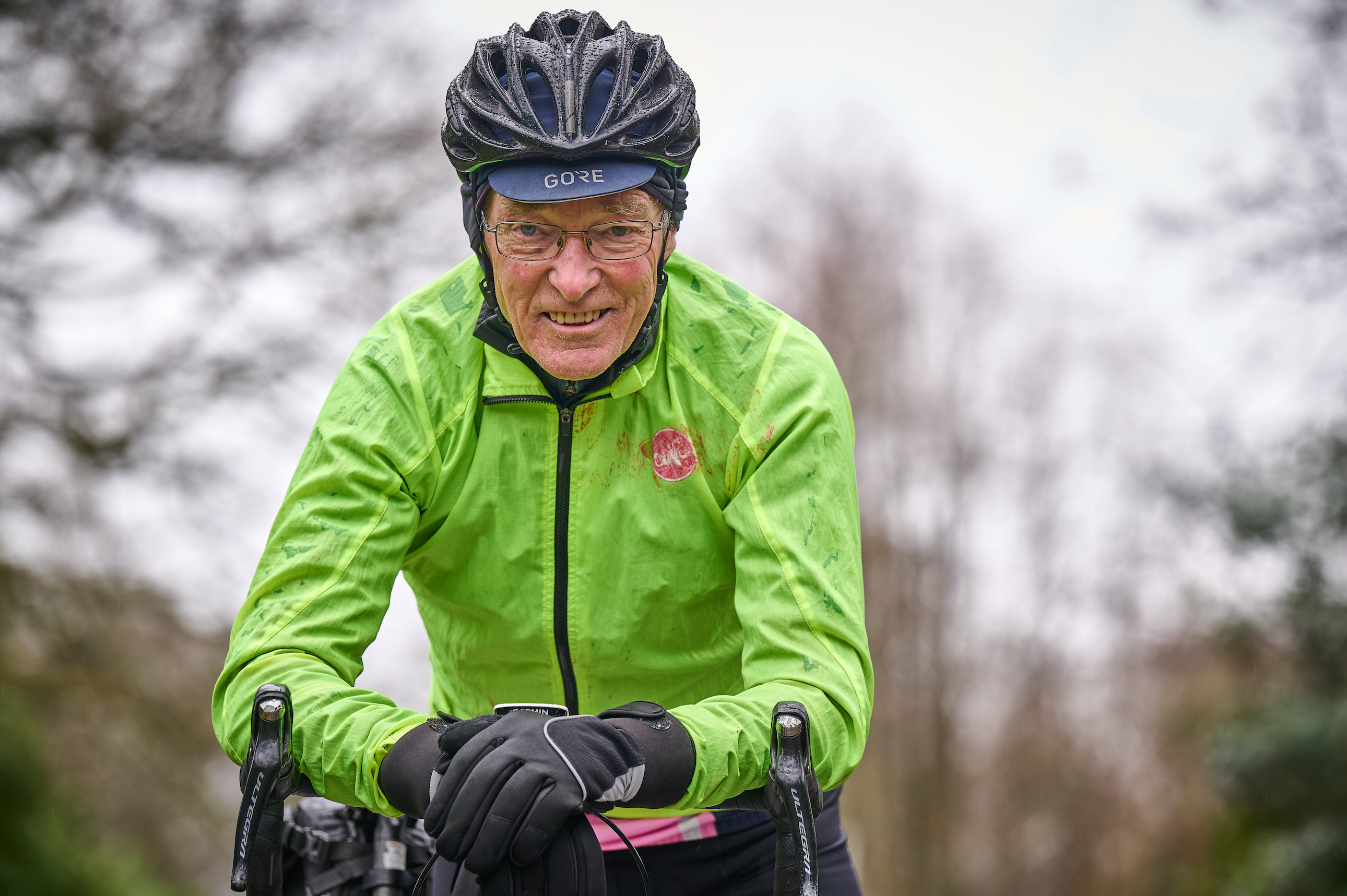 'Cycling's been a life-saver': The record-breaking 87-year-old who still rides 150 miles a week
'Cycling's been a life-saver': The record-breaking 87-year-old who still rides 150 miles a weekDowning his gardening tools, pensioner Martin Harvey got on his bike and set about writing his name into the long-distance record books
By David Bradford
-
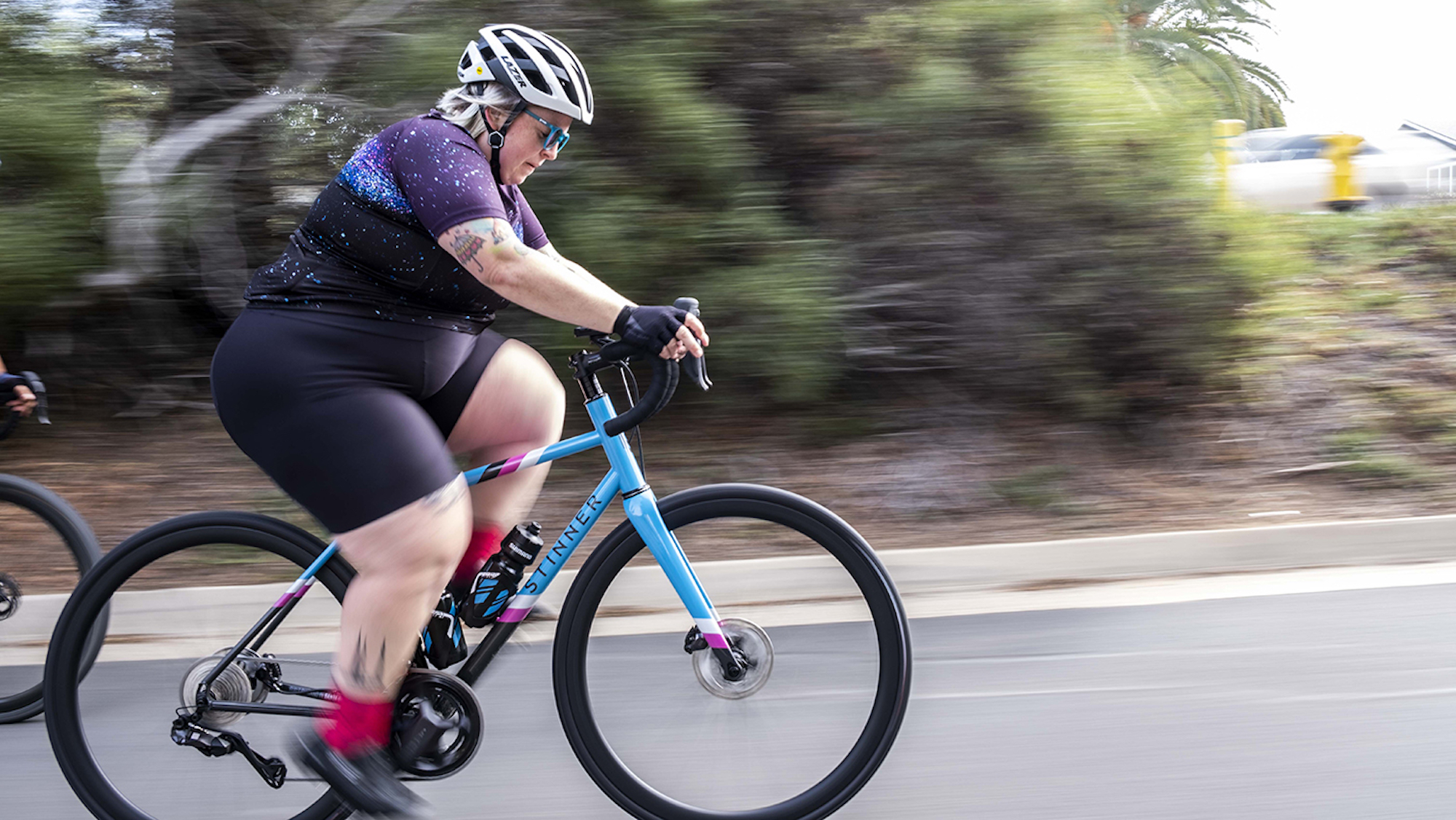 'I'm fat – and I'm OK with that': The size-inclusion campaigner seeking to make cycling safe and accessible for everyone
'I'm fat – and I'm OK with that': The size-inclusion campaigner seeking to make cycling safe and accessible for everyoneAfter struggling to find riding kit in her size, Marley Blonsky made it her life’s mission to make cycling more accessible and welcoming to riders of all shapes and sizes
By David Bradford
-
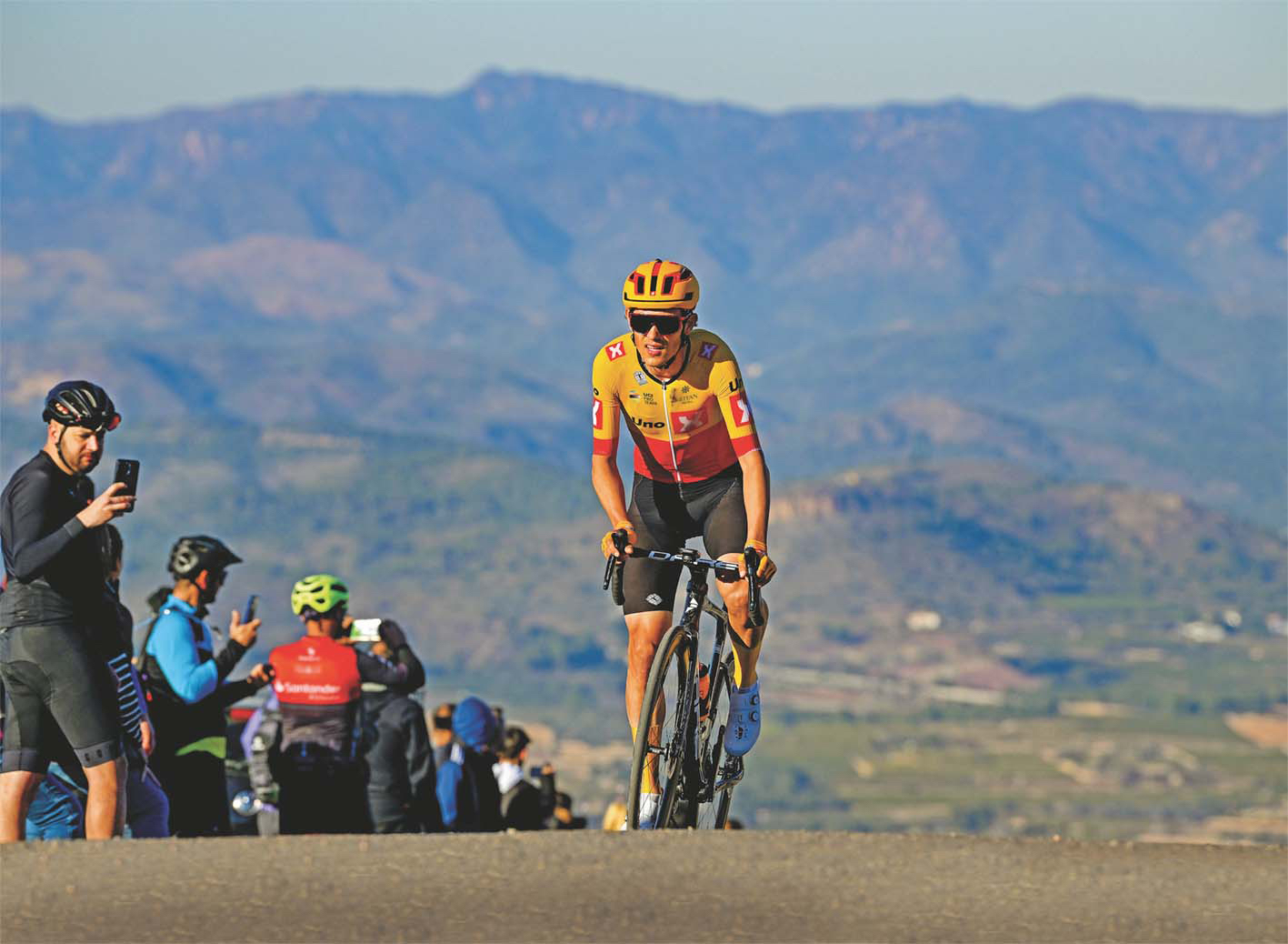 Saved by a doping test: The pro rider treated for cancer after abnormal blood result
Saved by a doping test: The pro rider treated for cancer after abnormal blood resultWhen his team doctor called about an abnormal test result, Torstein Træen could not believe what was happening – but it would turn out to be a potentially life-saving red flag
By Chris Marshall-Bell